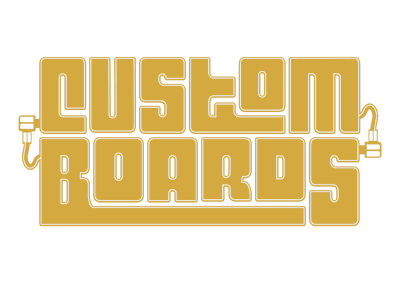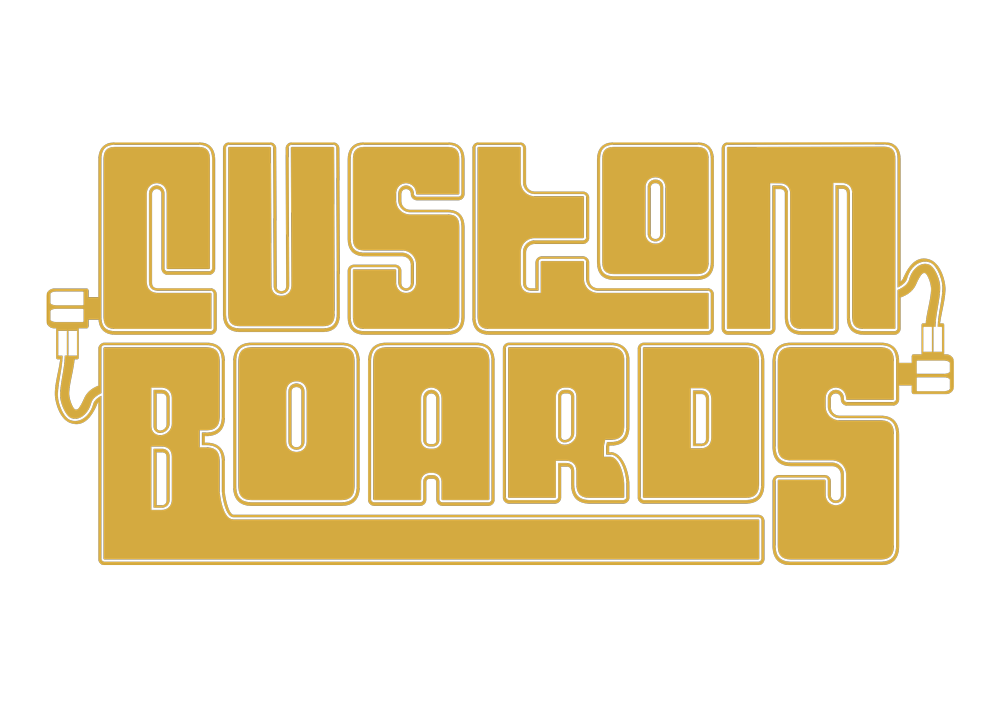Pink Floyd - The Dark Side of the Moon guitar sounds in the spotlight
October 19, 2016
I CAN'T THINK of many classic albums that are legendary enough to have a guitar effects pedal named after them. Usually a pedal gets its inspiration from a certain amp or piece of studio equipment. In the case of Keeley’s Dark Side -pedal, though, a whole record has served as the source. Pink Floyd’s The Dark Side of the Moon could almost be called an institution, because to many it represents a whole era and the pinnacle of what was possible in the recording studio back then.

It is very hard to name another recording containing such beautiful sounding music, despite being a surprisingly heterogeneous collection of songs embedded in experimental sounds. Pink Floyd’s live recordings from that time show very clearly that the band had been playing most of the album on stage, well before going into the studio. This means that the album’s main body, complete with the sound experiments, had already been fleshed out well in advance of the sessions. Roger Waters’ idea of a thematic record and the soundscape that Alan Parsons created at Abbey Road Studios bound the material together and turned the album into something much greater that a mere sum of its parts.
ROBERT KEELEY released the Monterey -pedal, designed to produce Jimi Hendrix’ legendary sounds, early in 2016 to great acclaim. For his next project the effects legend really grabbed the bull by his proverbial horns, by trying to squeeze all The Dark Side of the Moon guitar sounds into a single two-footswitch pedal effect. The album is one of the best-selling and most-legendary records of all time, and many guitarists think that David Gilmour must have used tons of different effects to produce his sounds, but in reality he played his guitar relatively sparingly and used surprisingly few effects.
Even though I have listened to DSOM dozens (or maybe even hundreds) of times, thinking about the album’s legendary guitar sounds prompts me to start my Monday by reclining in my armchair and listening to the record on my 1970s stereo system. I can’t imagine a better way to start your working week. If you have no time to listen to music then you have no life.
The album’s opener is “Speak to Me”, which feeds the listener’s subconscious different themes in short spoken phrases, underlined by a heartbeat-like pulse.
“Breathe (in the Air)” starts with a Stratocaster playing open chords (0:04) through a mild and pleasant vibe effect. As a youngster I often pondered, whether the effect was a vibe-pedal or a phaser. Now I know that Gilmour bought his first phaser only in 1974, so the effect here must be a vibe. Could it be there’s also a sprinkling of a Leslie cabinet? It’s hard to tell for certain. The Dark Side-pedal offers you a vibe and a phaser, which can be blended for an authentic rendition of Gilmour’s live sound from the Dark Side of the Moon Tour.
The song’s dreamy steel guitar melody (0:20) is a prime example of how to use a delay effect. The Dark Side-pedal offers you a multi-head tape delay effect, offering you many different delays. The melody can also be played using a slide on a standard electric guitar, if using a steel guitar is too much trouble.
The third track – “On the Run” – is built around an eight-note sequence from an EMS Synthi A analogue synthesiser, which Gilmour demonstrates in a “Making of” documentary. This track has served as an inspiration for Trance musicians and other styles of 90s electronica, and it, too, features spoken word passages and sound effects. Listen for the guitar mimicking the sound of an exploding airplane at 3:03.
“Time” is a classic song that features dry and slightly overdriven rhythm guitars (2:22). The psychedelic atmosphere in the chorus is achieved by using effects on the backing vocals (2:47). The guitar solo that follows (3:17) ranks among Gilmour’s most sought-after sounds. The main ingredients are fuzz and delay effects.
Robert Keeley won’t have had problems in designing the fuzz circuit, as he made his name in the Nineties modifying and customising analogue circuits. This is also one of the most important featured of the Dark Side-pedal: The fuzz effect – placed on the right side – is completely analogue, while the modulation and delays effects on the pedal’s left side are created digitally.
The man himself had stated in a 2012 interview that he had started exploring the virtues of digital technology. The results of this exploration can be felt in many post-2015 Keeley effects.
The reprise of the “Breathe” theme (5:43) sports a different arrangement. Here the guitars are slightly crunchy, instead of being clean with added modulation like before.
Richard Wright is in the spotlight square and centre during the gorgeous intro to “The Great Gig in the Sky”. The song was penned by him and features Gilmour’s steel guitar parts, talking in the background, fine Gospel-inspired singing and a chunky layer of Hammond organ. There’s no normal electric guitar on this track.
“Money’s” famous cash register sounds have been edited from different tape recordings into the 7/4-bar format of the song. Waters’ punchy bass riff –played with a plectrum – should belong in the vocabulary of every electric bassist. The strange tremolo-style effect on Gilmour’s guitar, first heard at 0:42, is in fact a Valley People Kepex-processor at work (keyable programmable expander). An LFO-signal off a synth has been fed into the Kepex, which triggers the expander’s built-in noise gate.
The verses use Gilmour’s dry Strat parts, but the bridge (3:05) features a great example of Gilmour’s melodic lead playing. The ADT’d solo is based around a strong pick attack, which might well have been achieved using a fuzz effect, but with the guitar’s volume control set low. The tone is quite overdrive-like, but very punchy, and padded in a very spacious-sounding reverb.
The guitar slams right into your face in the solo’s second part (3:47), when the delays and layering are mixed out. Now the fuzz is dry and raw. The most important component in this part of the solo is Gilmour’s tasteful phrasing, which means this sound can only be achieved with the right touch and not with an effect pedal. For the last part of the solo we return to the lusher sounds of the beginning (4:30).
“Us and Them” restores some calm after the more uptempo numbers. In terms of its guitar sounds the track marks a return of sorts to the record’s beginning with a clean sound (0:34). The riff is spiced up with a little vibe effect, but here it is applied more lightly than in “Breathe”. The track’s saxophone parts, as well as drummer Nick Mason’s light accompaniment, add a strong Jazzy undercurrent to proceedings.
“Any Colour You Like” is segued into “Us and Them” and sports a lot of modulation (1:20) along the vibe/Leslie-axis with a fast rate setting. The Dark Side-pedal also offers you the chance to control the rate setting using an expression pedal. The original sound is very “liquid”, probably thanks to additional processing in the studio.
We should remember, though, that Gilmour was running two cabinets concurrently – a “normal” 4 x 12” guitar cabinet and a Leslie – which makes it very likely that this lead sound is also a combination of vibe, Leslie, and maybe even a bit of studio flanging – which wasn’t available in pedal for back then. This sound can be achieved by blending the Dark Side-pedal’s flanger and Leslie effects, and finding the best rate speeds, either by hand or with an expression pedal.
For me the album’s climax is “Brain Damage”, sung by Waters. Again, there’s a slight bit of modulation on the guitar. I think the wobble comes from the Leslie, but because a vibe effect is close to a Leslie’s sound to start with, there’s always the possibility that Gilmour used a sprinkle of vibe here, too. Be this as it may, I feel that this pulsating wobble is in a way the signature guitar sound of this record.
The chorus kicks off with a Hammond played through a Leslie, and female backing vocals similar to the ones heard in “Time”. This track seems to bundle the main themes of the whole album lyrically by referencing human insanity. Frightening, mad laughter and Wright’s synth meanderings lead us into the song’s coda, which forms a separate track.
The record’s closer, “Eclipse”, is an assault of Hammond organs, female backing vocals and Gospel singing. The album ends as it began with heartbeats, and over the top somebody (Abbey Road’s then-doorman Gerry O’Driscoll) says: “There is no dark side of the moon, really. Matter of fact, it’s all dark!” This will send shivers down your spine.
I WISH I COULD FIND the time to sit down with a guitar, find all the correct effect sounds, and master – or at least learn – all of Gilmour’s guitar parts off of this album. But, there is work to be done. Hopefully somebody else will put in the effort, which is made decidedly easier thanks to Keeley’s Dark Side-pedal.
19.10.2016 Kimmo Aroluoma
The writer is the owner of Custom Boards Finland. He is a veteran guitar tech who has toured for years with Finnish bands HIM, Amorphis, Michael Monroe, The Rasmus and Von Hertzen Brothers. Today he designs pedalboards and runs his own web shop in Helsinki, Finland.
READ MORE:
Also in Custom Boards Blog
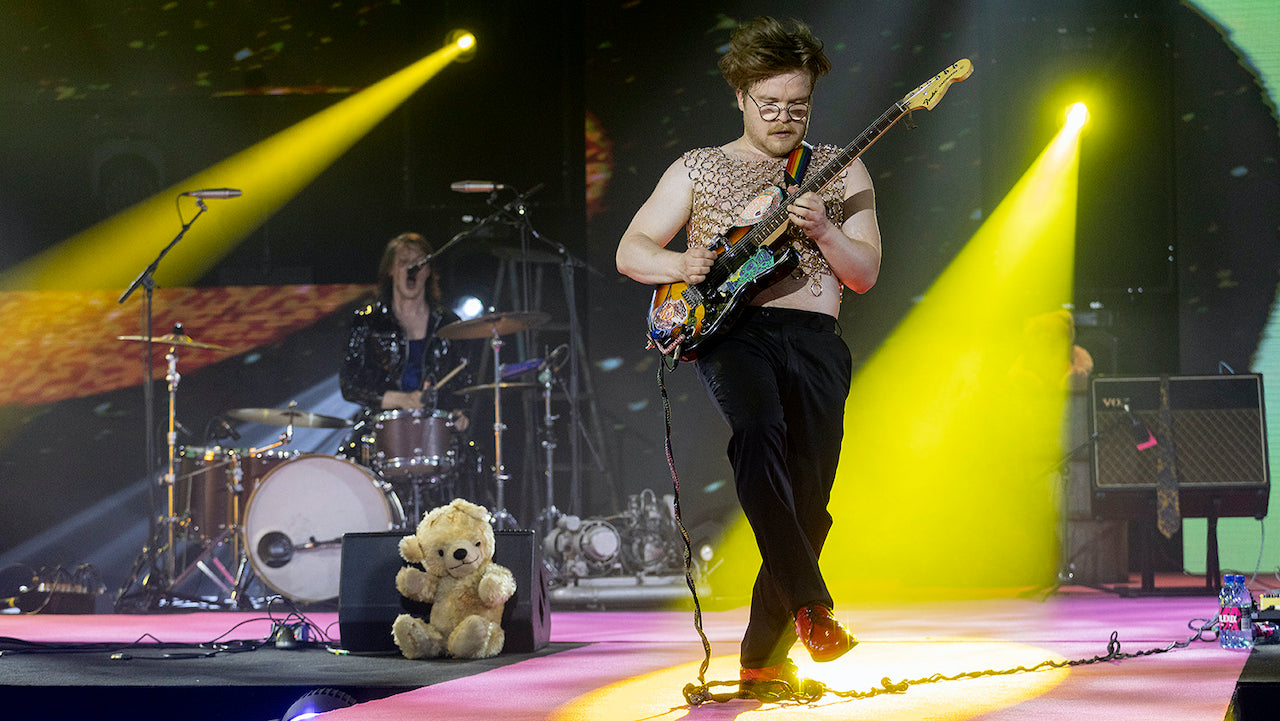
Ursus Factory and the Sixth Generation of Guitar Rock
June 10, 2021
I've been noticing clear signs of me turning into an “old fart” over the last few years. It’s only a few short months before I will turn 50, and it seems ever harder beam myself back into my 30-year old “hippy” state of mind. Am I – is Custom Boards – still a relevant player in the eyes of the new wave?
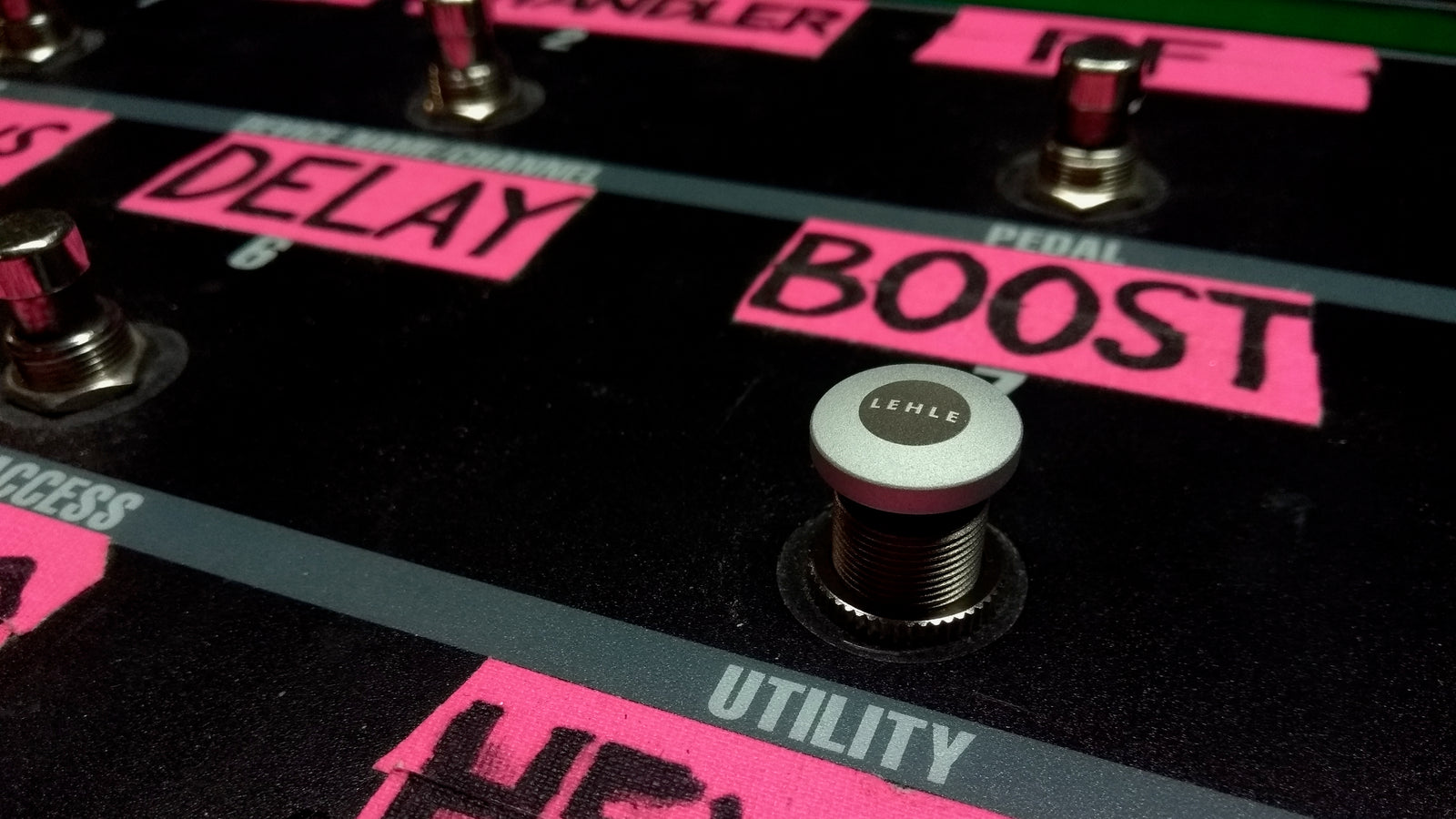
Revolutionizing the market - Lehle Components
May 09, 2020
German engineer Burkhard Lehle unveiled his plans for the Lehle Components a few years ago at 2014’s NAMM Show. He would release his own line of audio components, which will include brand-new designs alongside his older inventions.
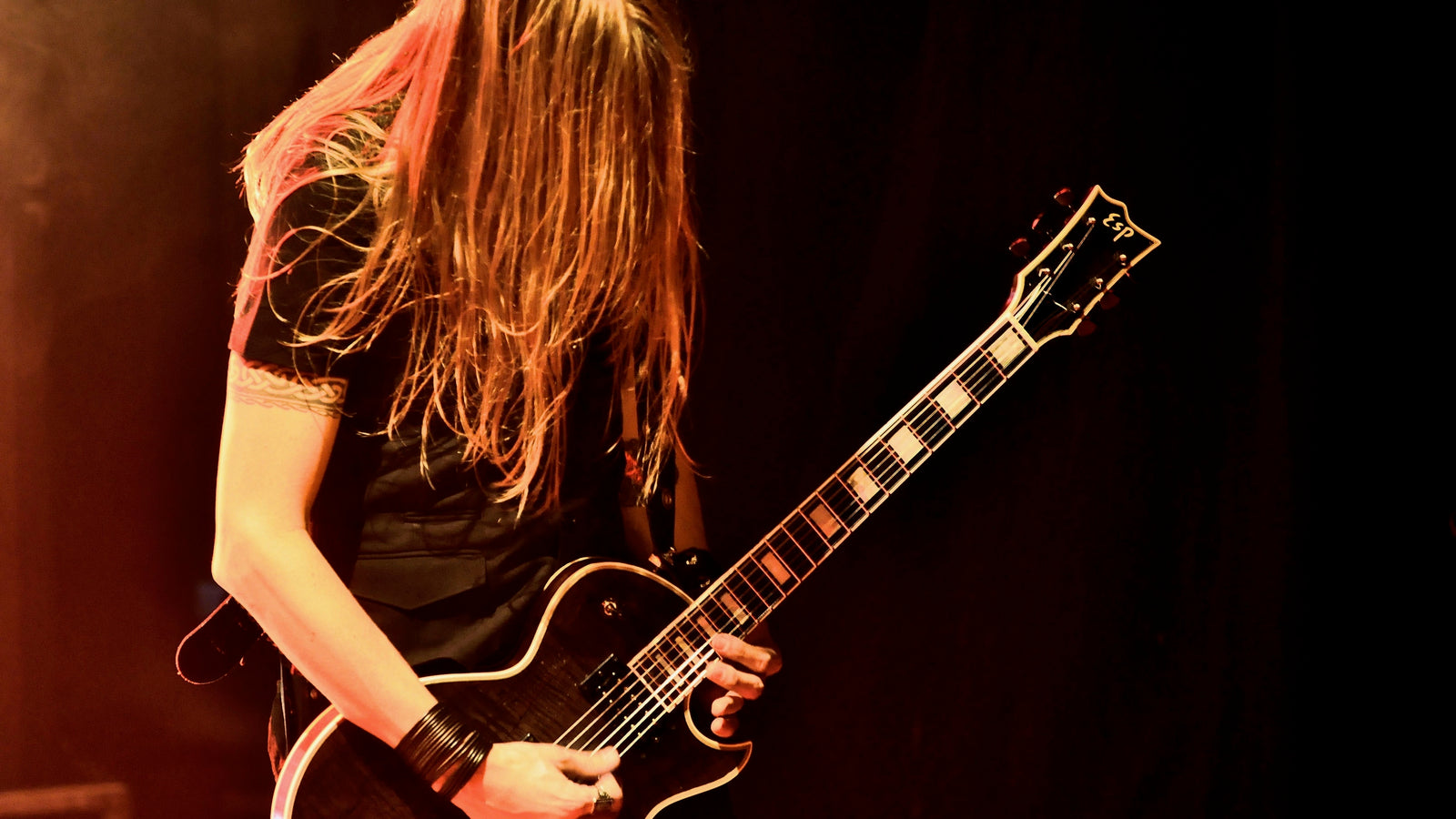
Unforgettable Gigs – Part 1: Amorphis in the Balkans
April 27, 2020
Amorphis’ manager, Jouni Markkanen told me to be extremely careful, and made me clear that I had to have the gig fee in my hands, in cash, before allowing the band to leave their hotel for the venue.
